The Most Groundbreaking Invention from Every U.S. State
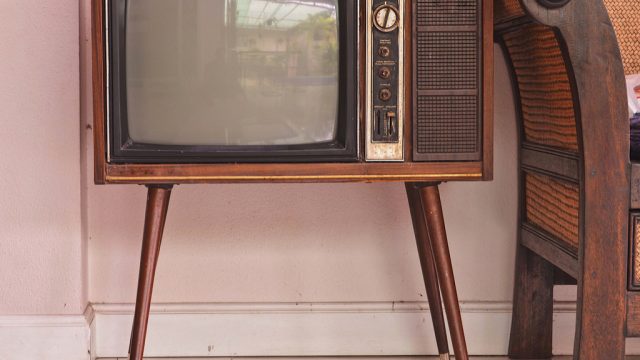
In modern American life, owning a vehicle is so commonplace that, even if you don’t own one, you likely have a friend who does. But before Henry Ford’s sturdy, affordable Model T arrived on the scene, automobile ownership was a luxury only available to the most elite members of the upper class. And of course, that’s not all that Americans have developed—we were the first to figure out how to make light appear in a glass container (a lightbulb), look up any shred of information like that (a Google), and, arguably most importantly, eat ice cream sans utensils (a waffle cone).
From highly practical innovations to revolutionary medical procedures, we’ve rounded up the most impressive inventions to come out of each state. As dramatic as it might initially sound, they truly have shaped the world as we know it. And for more of fascinating state-related trivia, don’t miss The Weirdest Urban Legend in Every State.
1
Alabama: The Electric Hearing Aid
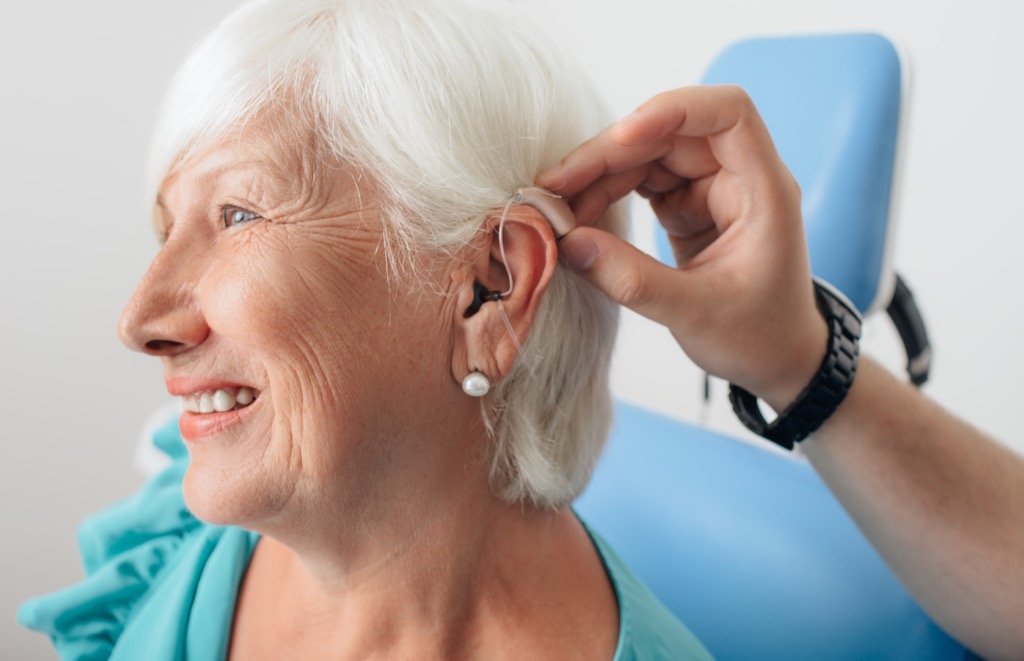
Inspired by his friendship with a man who had become deaf and mute after a childhood case of scarlet fever, Miller Reese Hutchinson spent four years at Alabama Medical College, researching and trying time and time again to develop the first portable hearing aid. He eventually succeeded in 1898, terming his invention the “Akouphone”—which, most importantly, gave his friend the chance to hear again. And for some more modern-day inventions, don’t miss 25 Brilliant New Inventions That Will Make Your Life So Much Easier.
2
Alaska: The Kayak
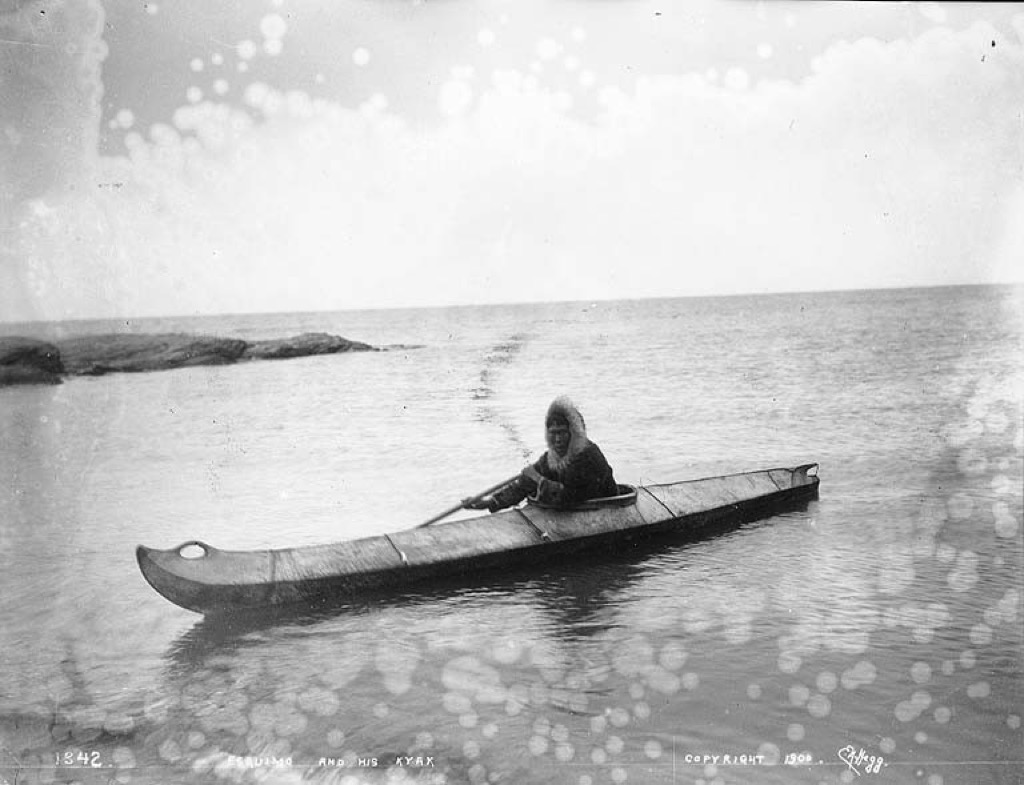
Alaskans didn’t originally invent the kayak for a leisurely afternoon of paddling down the river—these streamlined vessels were designed thousands of years ago by the region’s native people as a way to better hunt sea otters, seals, and even whales. And to learn how Alaskans celebrate the end of a successful hunting season, check out The Weirdest Summer Tradition in Every State.
3
Arizona: The Taser
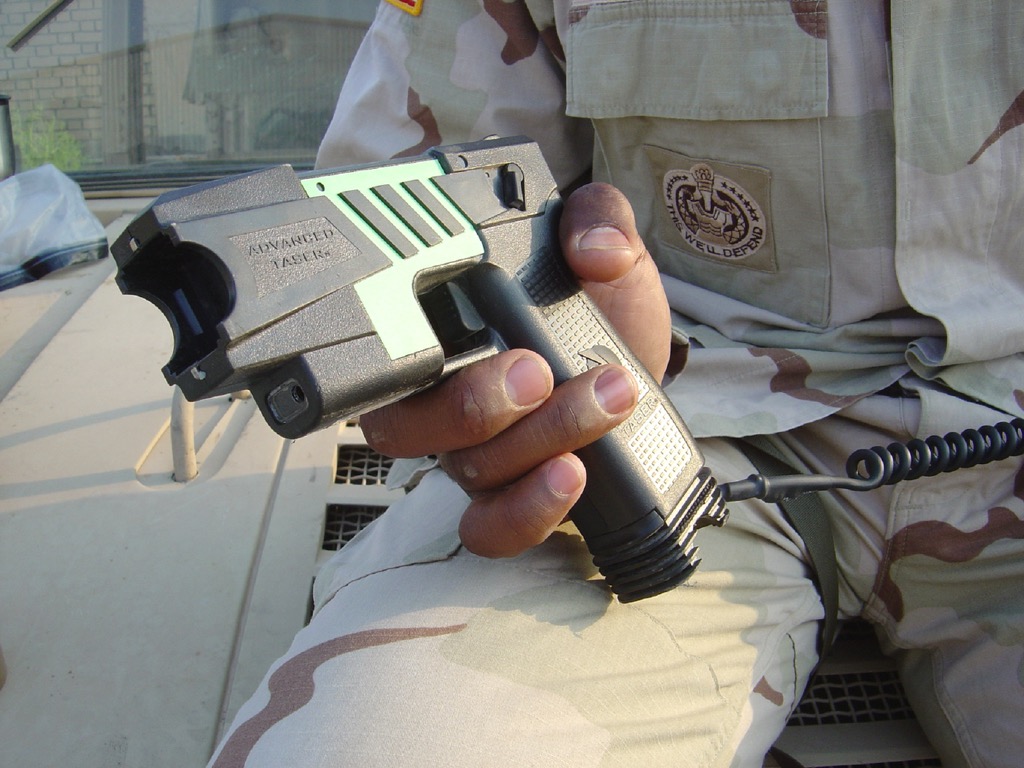
When he wasn’t working on sending astronauts to the moon, NASA nuclear physicist Jack Cover developed the first Taser, which he patented in 1974. Cover derived the name for the Taser from his childhood fascination with Tom Swift adventure stories, terming his invention the “Thomas Swift Electric Rifle,” or Taser for short. Years later, entrepreneurs contacted Cover about developing the Taser as a “nonlethal self-protection device” for civilians, thereby birthing Taser International, which is based in Scottsdale, Arizona.
4
Arkansas: The Bowie Knife
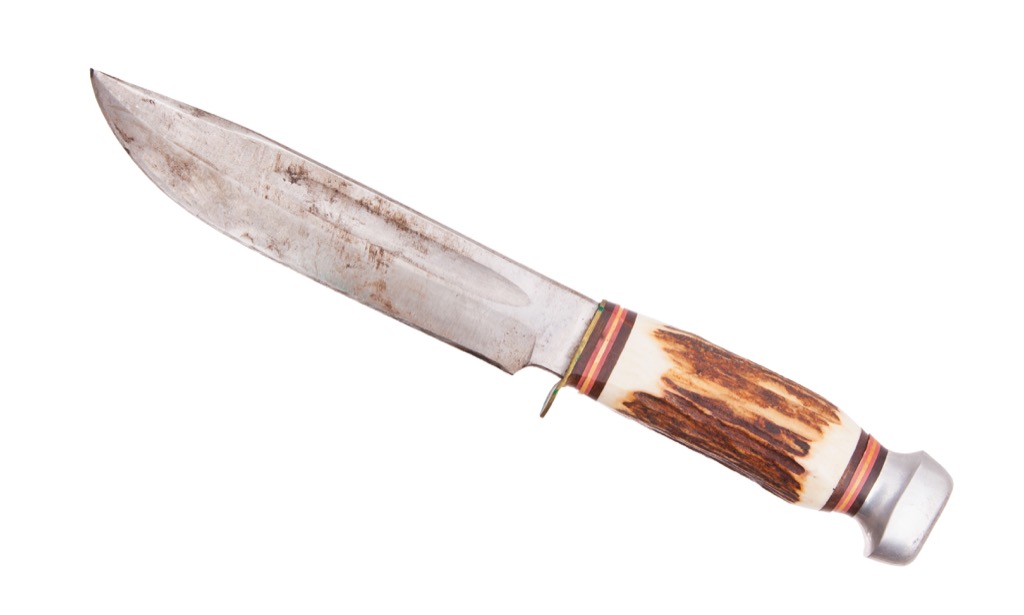
According to the Encyclopedia of Arkansas History and Culture, the legendary escapades of Jim Bowie in the early nineteenth century inspired the creation of what is now known as the Bowie knife, characterized by its long blade and double-edged point.
5
California: Google
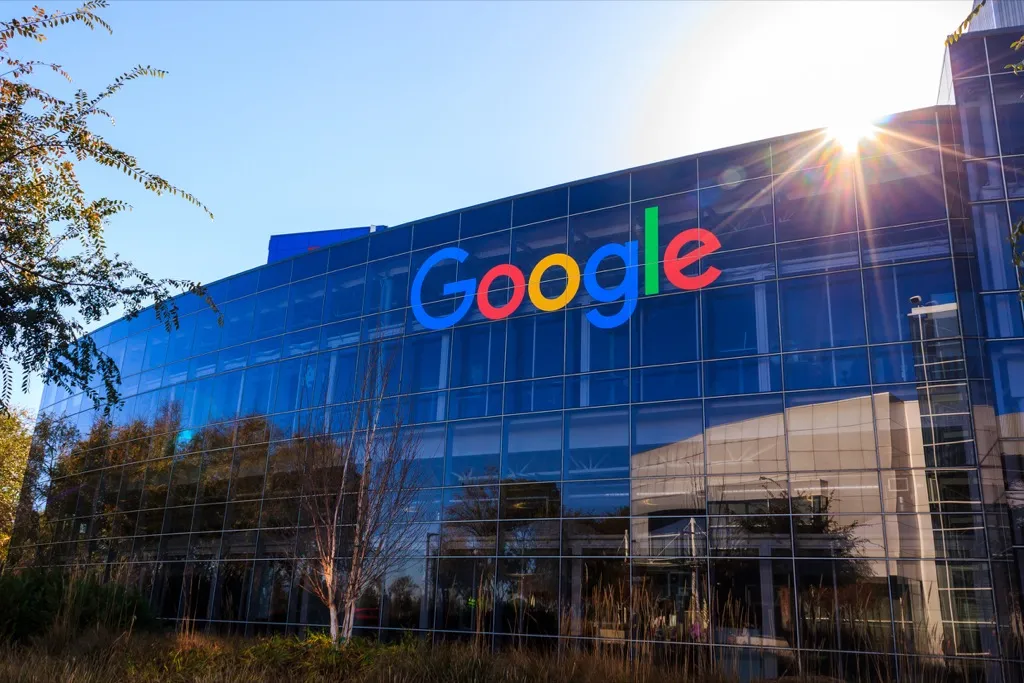
In the mid-’90s, two Stanford University graduate students named Larry Page and Sergey Brin debuted their world-class Internet search engine that has now come to be known as Google—today a near universal term. But get this: the first iteration of Page’s and Brin’s search engine was named “Backrub.” It’s, um, probably for the best the two decided to go with a different name for their final product.
6
Colorado: OtterBox
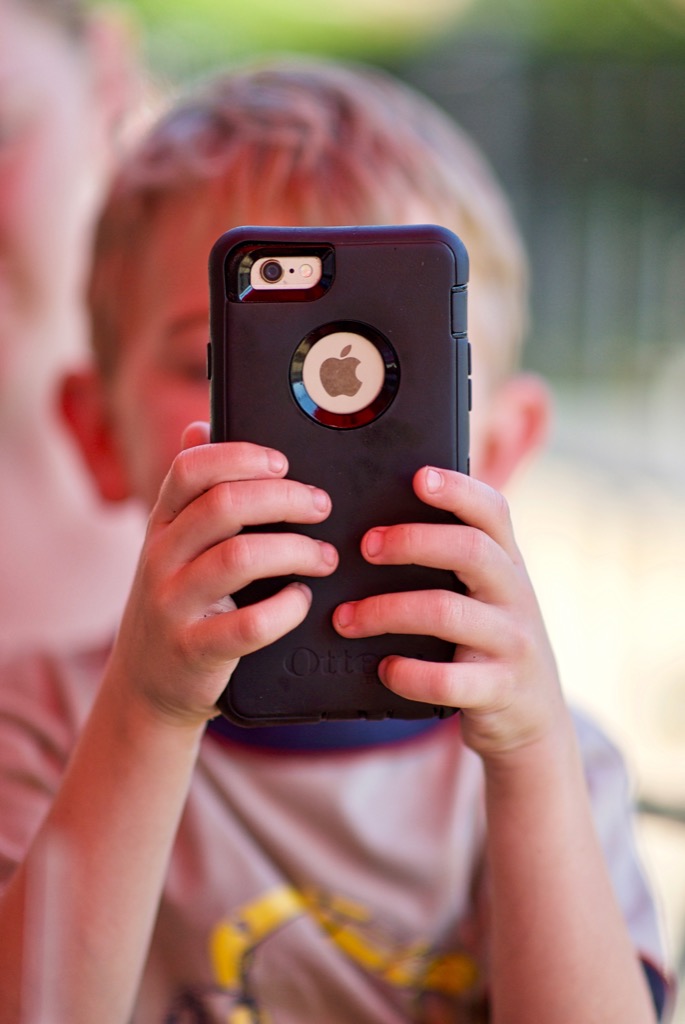
We’ll admit that this invention isn’t necessarily crucial to life as we know it—but this highly resilient, waterproof, crush-proof, smash-proof, drop-proof, accident-protecting case, introduced by a Fort Collins start-up in 1998, can be a real lifesaver, especially when you don’t having to dish out a few hundred dollars to purchase a new cell phone every time your teenager drops theirs (or yours).
7
Connecticut: Vulcanized Rubber
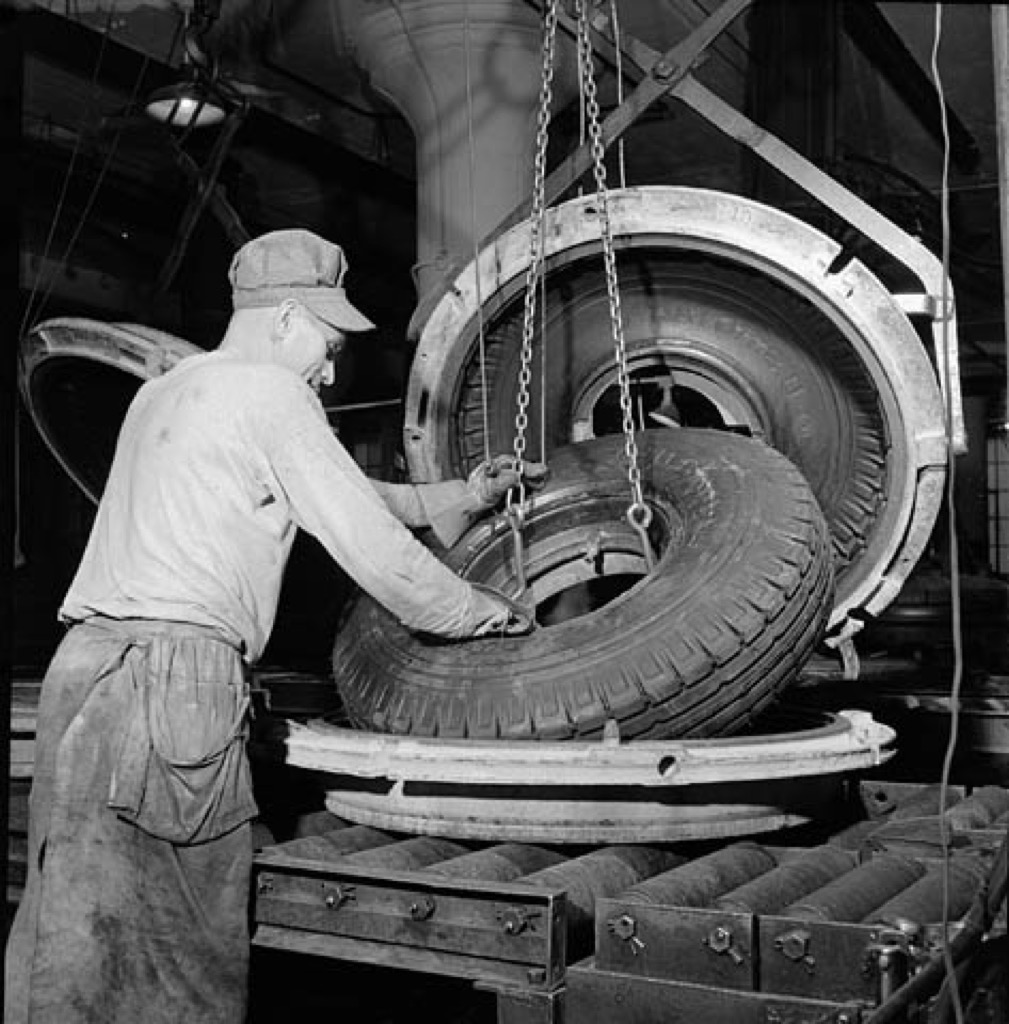
This invention might not receive a lot of name recognition, but it’s used in items that are probably pretty familiar to you. Products like pencil erasers, life jackets, and gloves are all possible because in the 1840s, Charles Goodyear discovered the secret to vulcanizing rubber, a process that he named after Vulcan, the Roman god of fire, in reference to its means of strengthening the rubber so that it can withstand extreme temperatures.
8
Delaware: Kevlar
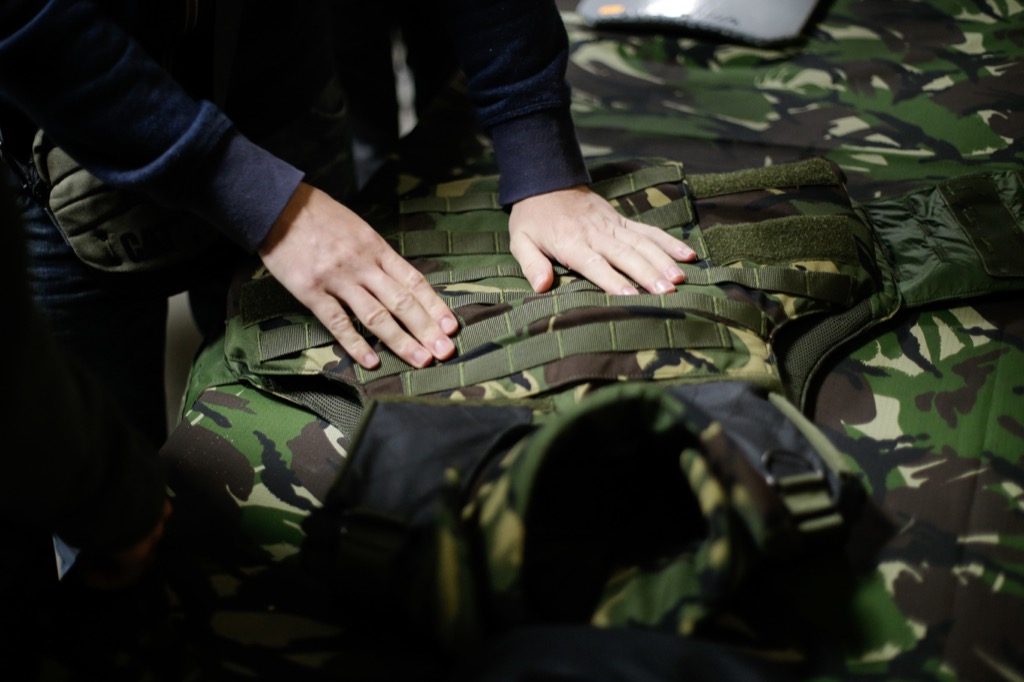
Kevlar, otherwise known as the material in bulletproof vests, was created by chemist Stephanie Kwolek in 1965. She actually originally intended for the material to be used as a lightweight, yet strong, fiber in automobile tires, but quickly realized that it could have other lifesaving applications.
9
Florida: Air Conditioning

With the coastal humidity Floridians love to hate, the fact that this state was the first to come up with an air conditioning system really isn’t surprising. A doctor by the name of John Gorrie first came up with the idea in 1841, when he imported massive amounts of ice from northern lakes down to Florida, in order to cool his patients’ sickrooms. He would go on to experiment with the expansion of gases to further refine the process of air conditioning.
10
Georgia: The Cotton Gin
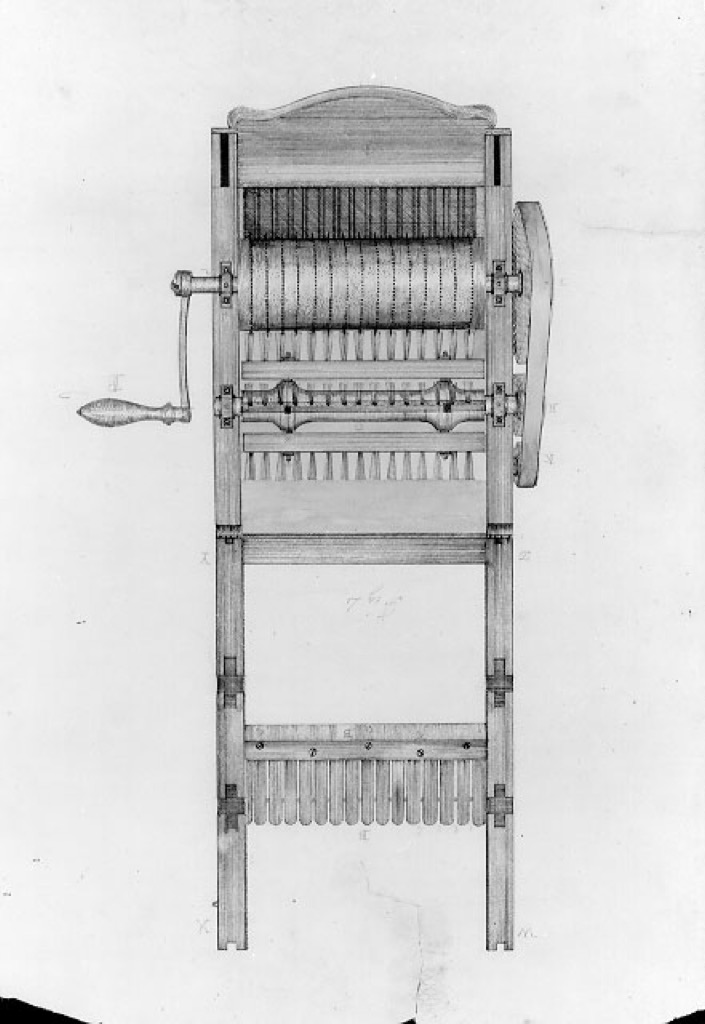
The cotton gin: you know, the machine that revolutionized cotton production and manufacturing as the world knew it, accelerating the pace at which it was possible to separate cotton seeds from cotton fiber. A guy by the name of Eli Whitney patented the cotton gin while working on a Georgian plantation in 1794.
11
Hawaii: The Surfboard

It makes sense, right? The Aloha State has been perfecting the craft of surfing the waves for hundreds of years. Ancient Hawaiians viewed the practice of finding their balance on the board as a sort of unique spiritual ritual—an opportunity to respectfully commune with the immense power of the ocean.
12
Idaho: The Television
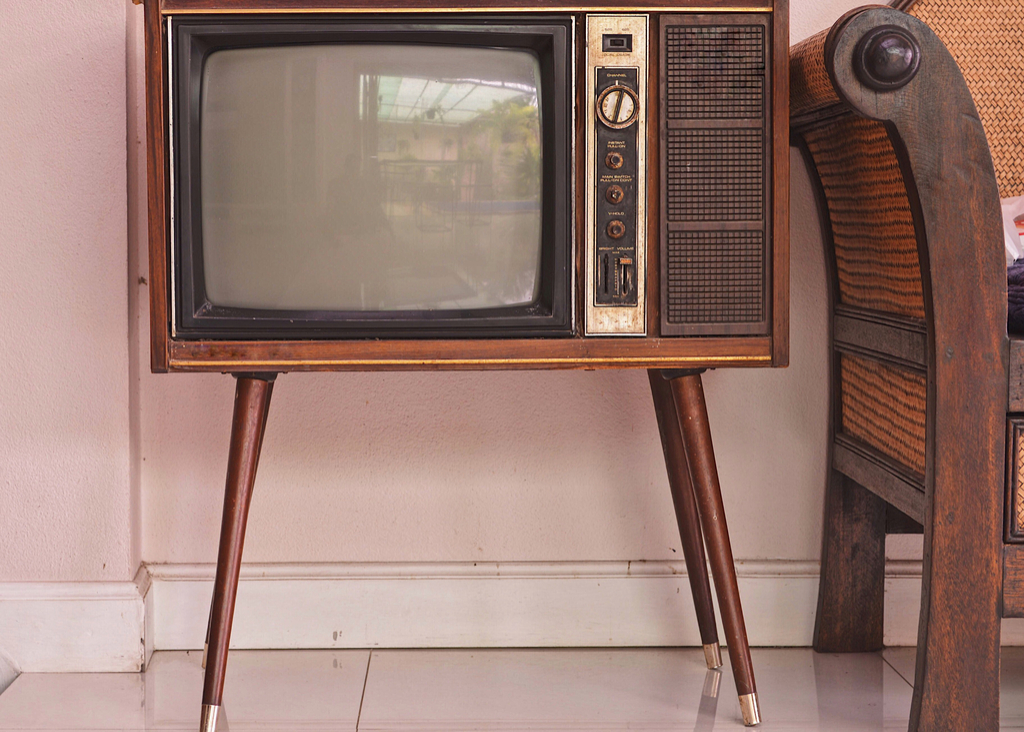
Okay, well not quite. Technically, the first blueprints for the television were drawn up on a high school chemistry classroom blackboard in Idaho by Philo Farnsworth in the early 1900s—but he didn’t actually invent the device until 1927, when he had relocated to San Francisco.
13
Illinois: The Transistor
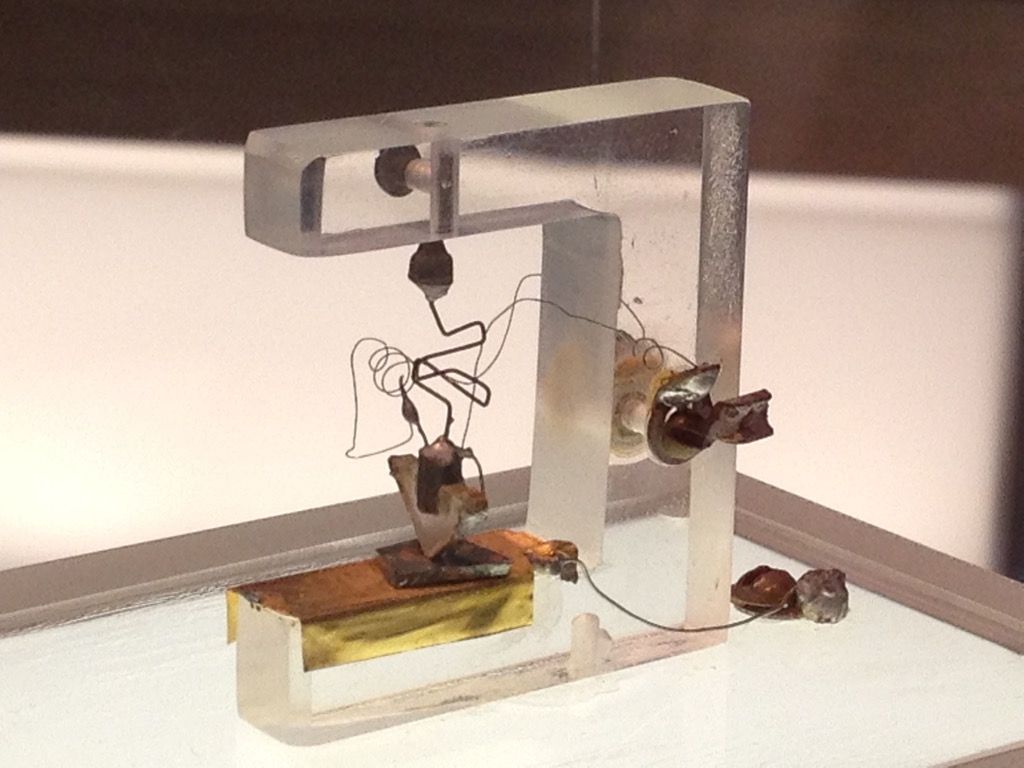
Within the tight confines of a Chicago hotel, William Shockley paced back and forth and scrawled on many scraps of paper before finally developing the first junction transistor in 1948. (For those of you who aren’t as electrically savvy, a transistor switches electric signals on and off.) The original machine so curiously resembled the shape of two slices of bread with pieces of meat layered in between that it was often referred to as the “sandwich transistor.”
14
Indiana: Voicemail
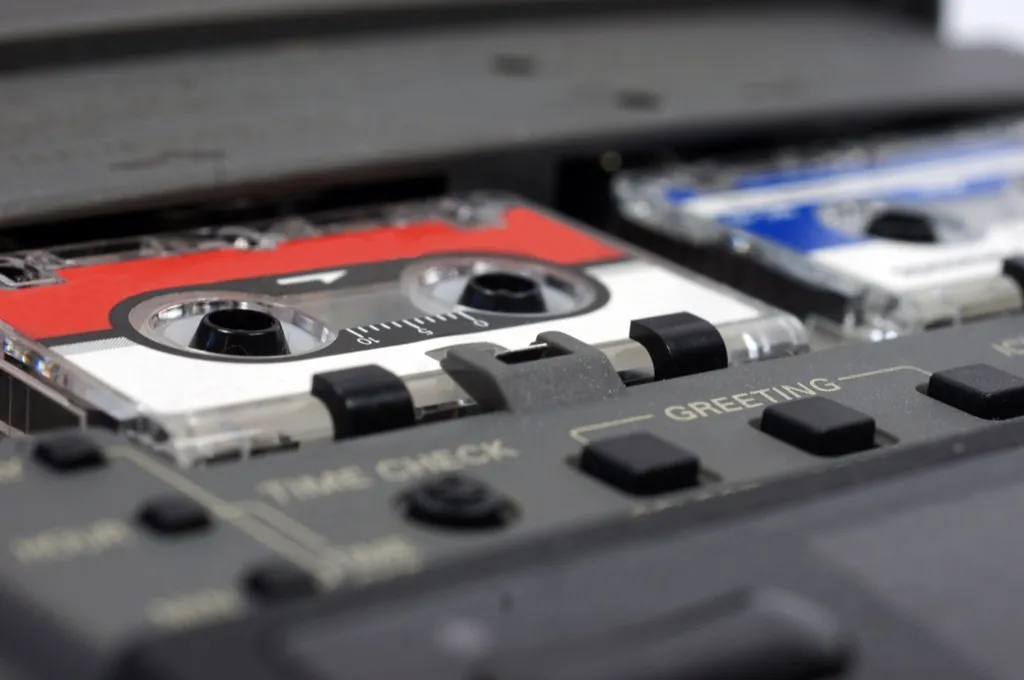
We’ve all been greeted by the pleasantly automated, “Please leave your message after the tone.” We have Indiana to thank for the original messaging system that has made it possible for a missed call to seem not quite as fruitless. Developed by a man named Scott Jones in the early ’90s, voicemail made the inventor wealthy enough to retire at the age of 31.
15
Iowa: The Tractor
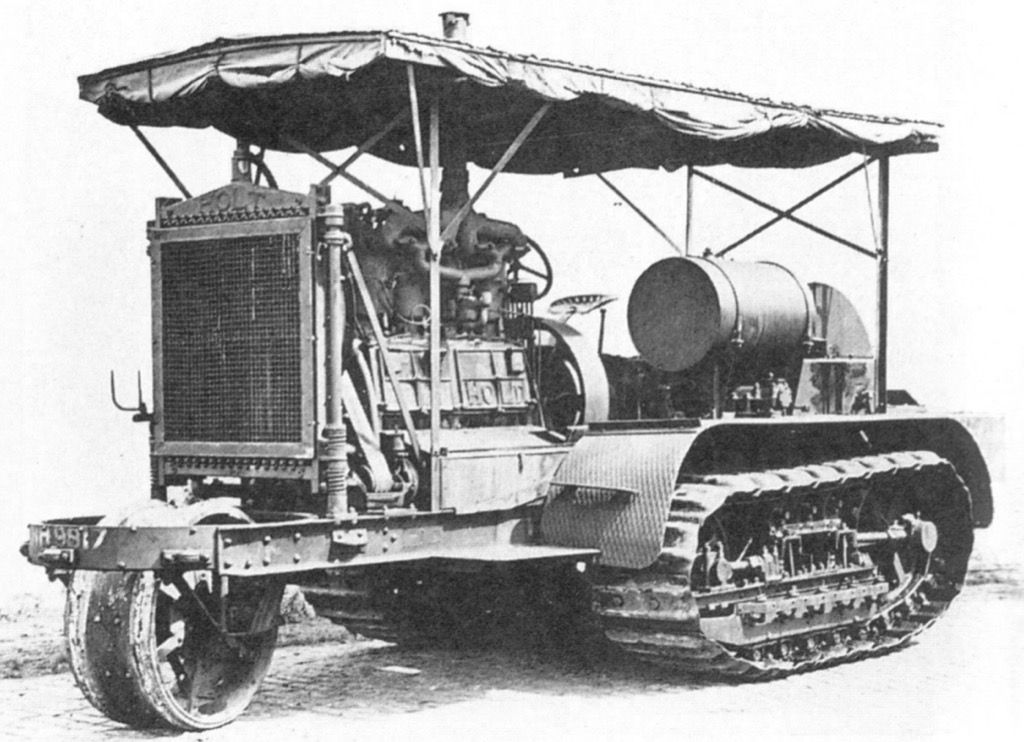
In 1890, an Iowan farmer named John Froelich got fed up with dragging his steam-powered thresher through the fields. He had the idea to attach a gas engine to the thresher’s running gear and was amazed at how well it worked—and so, the tractor company that would later become John Deere was born. And if you happen to own one of these machines, you should see how much you identify with the 15 Signs You’re a Country Person.
16
Kansas: The Helicopter
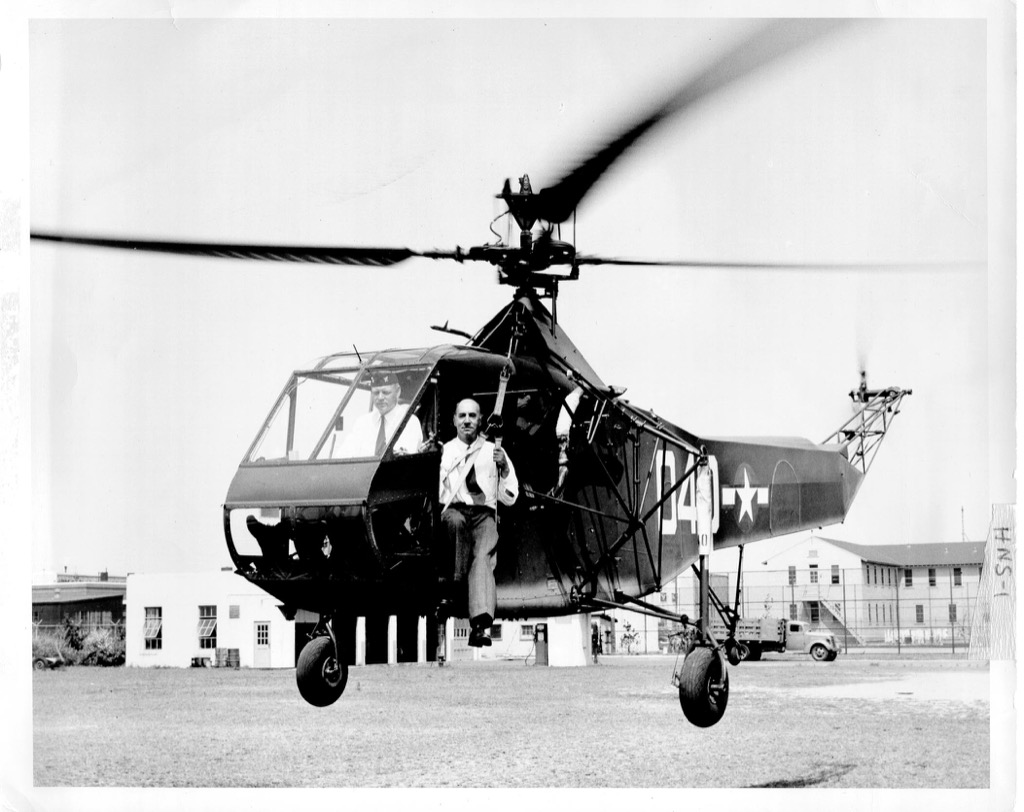
A tinkering project turned into aviation history when Kansan Rex Maneval developed the helicopter in 1939. Though he was able to resolve many of the machine’s issues, he never fully conquered the copter’s excessive vibration, and so never attempted a free flight where the machine wasn’t tethered to the ground.
17
Kentucky: Bourbon

Rumor has it that the bourbon recipe had already been in the Samuels family for generations before they opened the first bourbon distillery in Samuels Depot, Kentucky. Today, the amber elixir is revered nationwide—so much so that in 2007, the U.S. Senate recognized September as National Bourbon Heritage Month.
18
Lousiana: Binocular Microscope
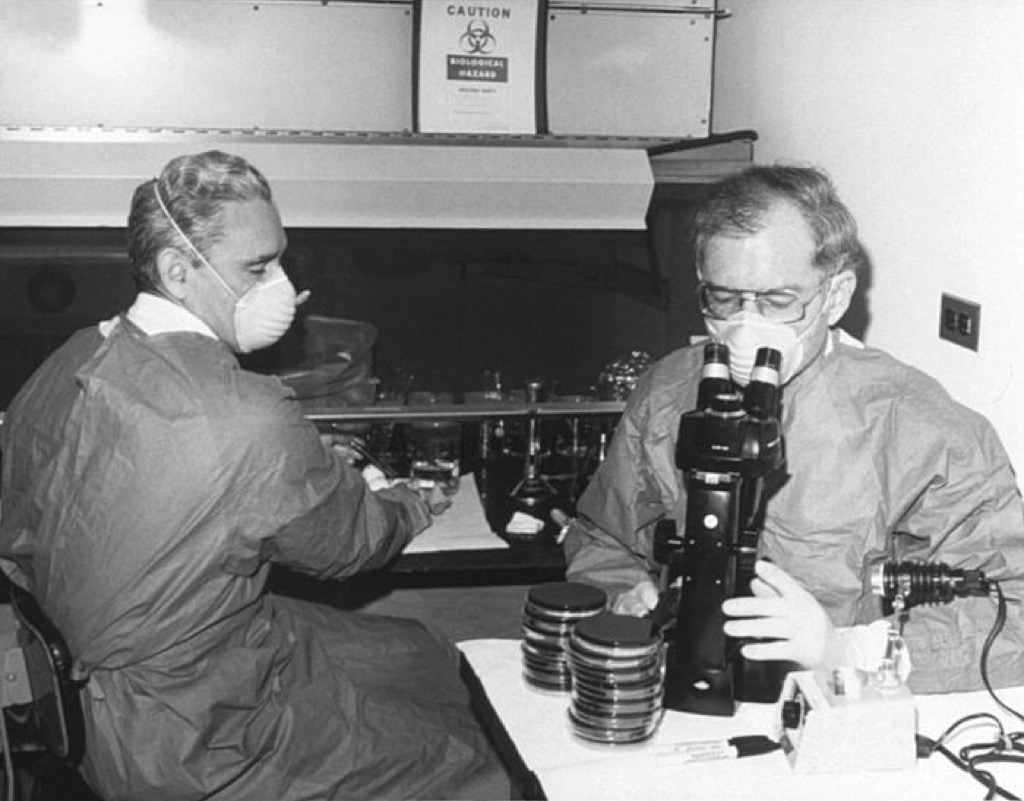
As part of his research on yellow fever transmission, Tulane chemistry professor John Riddell developed the binocular microscope (the first microscope to allow researchers to peer down at the slide using both eyes) in 1852.
19
Maine: The Diving Suit
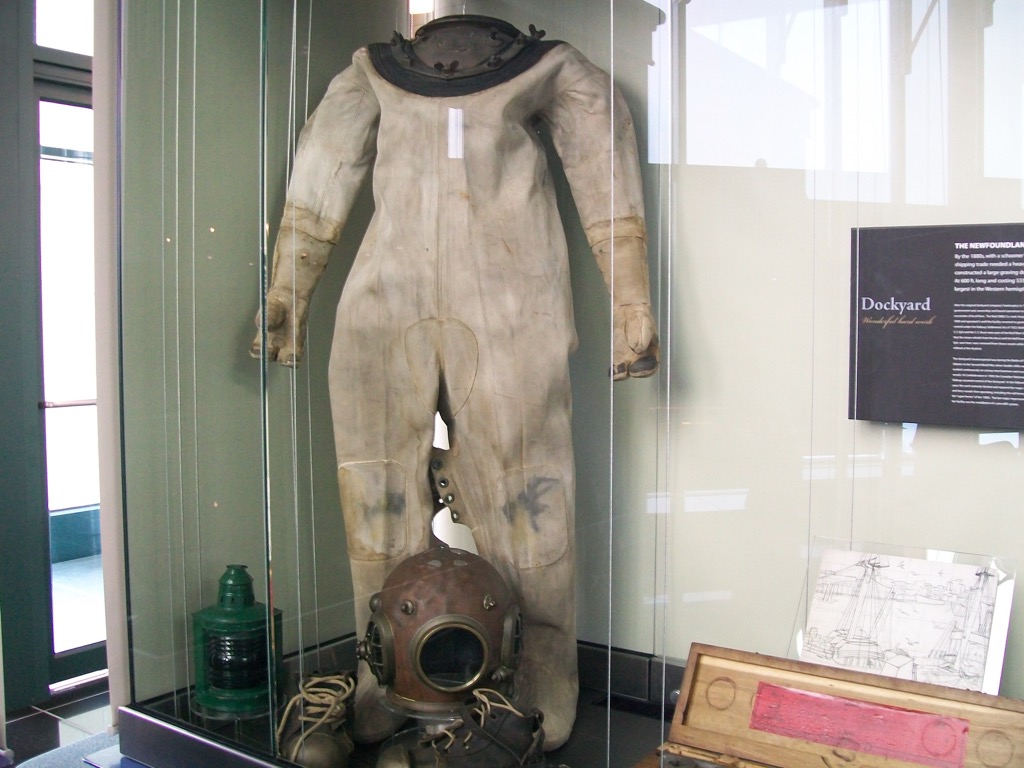
In 1834, the long-held aquatic dream of the human race (by which we mean the ability to spend more than a handful of minutes at a time underwater without having to come to the surface to gasp for lungfuls breath) was made a reality with Leonard Norcross’ successful invention of the first fully-enclosed diving suit. The suit was crafted from a rubber material and included a helmet that was connected via hoses to an above-water air supply.
20
Maryland: The Human Genome Map

A phenomenally groundbreaking stride in the realm of medicine was taken right on the campus of the National Institutes of Health in Bethesda, Maryland, in 2001: the findings of the first mapping project of the human genome were published. In simple terms, these findings lend a massive amount of insight into the extreme complexities of human DNA (the human genome contains a staggering 3 billion base pairs), allowing geneticists to better understand the makeup of our chromosomes and better grasp the implications of genetically-transmitted diseases.
21
Massachusetts: Facebook

As Mark Zuckerberg brought up when testifying to Congress this April about Facebook’s issues with managing privacy and misinformation, this wildly popular social media platform was first developed in Zuck’s college dorm room—a Harvard University dorm, to be precise. And for more on Zuckerberg’s dorm-room-project-turned-global-empire, read up on the 15 Things You Don’t Know about Facebook.
22
Michigan: The Ford Model T
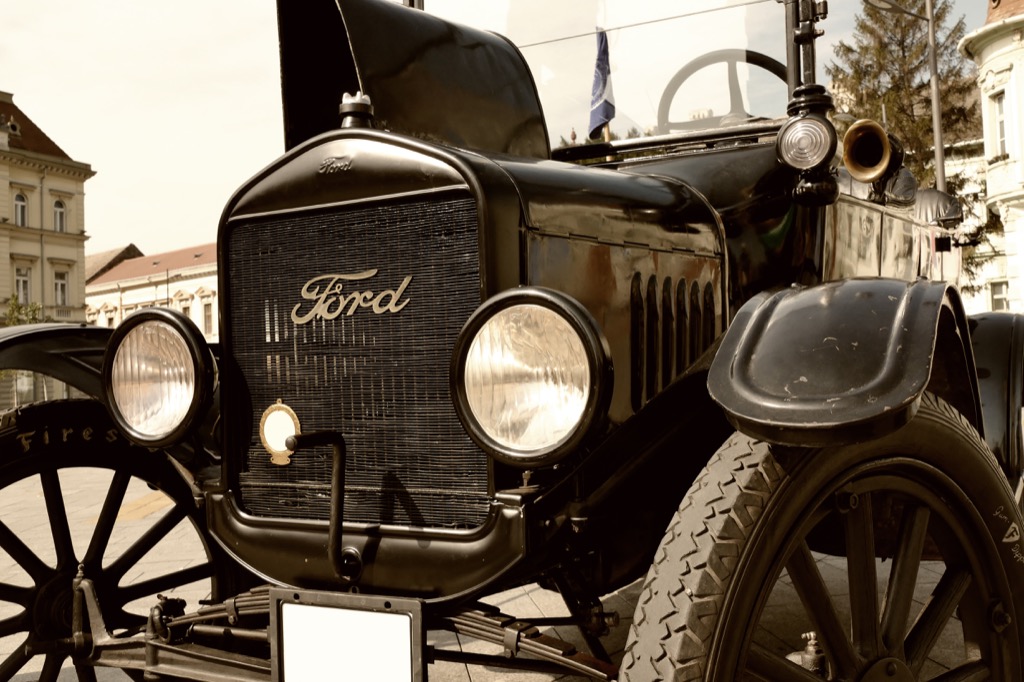
Henry Ford’s classic automobile, produced in massive quantities in assembly-line factories in Detroit and Highland Park, Michigan, became the first vehicle that was accessible to the everyday, working-class American. Ford’s very first Model T cruised out of the factory in 1908.
23
Minnesota: Post-It Notes

Sure, you could leave a digital note for yourself on your computer’s desktop, but there’s something inherently more satisfying about ripping a Post-It Note off the stack, scrawling yourself a note, and moving it all around your desk as necessary—and that experience is a reality thanks to the work of two scientists in the 3M Research labs, who developed the sticky-but-not-too-sticky product in the 1970s.
24
Mississippi: The Lung Transplant Technique

In what was then a revolutionary medical procedure, Dr. James D. Hardy performed the very first human lung transplant at University Hospital in Jackson, Mississippi, in 1963, removing the lung from a patient who had just died from a heart attack, and transplanting it into a man whose own lung had been compromised by bronchial carcinoma. According to the National Center for Biotechnology Information, though the transplant patient lived for only 18 days following the procedure, an autopsy found that he did not die of causes related to the transplant—there were no signs that his body had rejected the lung.
25
Missouri: Ice Cream Cones

As state lore would have it, the first-ever ice cream cone was invented in the midst of the 1904 St. Louis World’s Fair, when an exasperated, overworked ice cream vendor ran out of cups and asked his neighboring waffle vendor to roll up some of his waffles so he could perch the scoops of ice cream on top of them.
26
Montana: The Holter Monitor Test
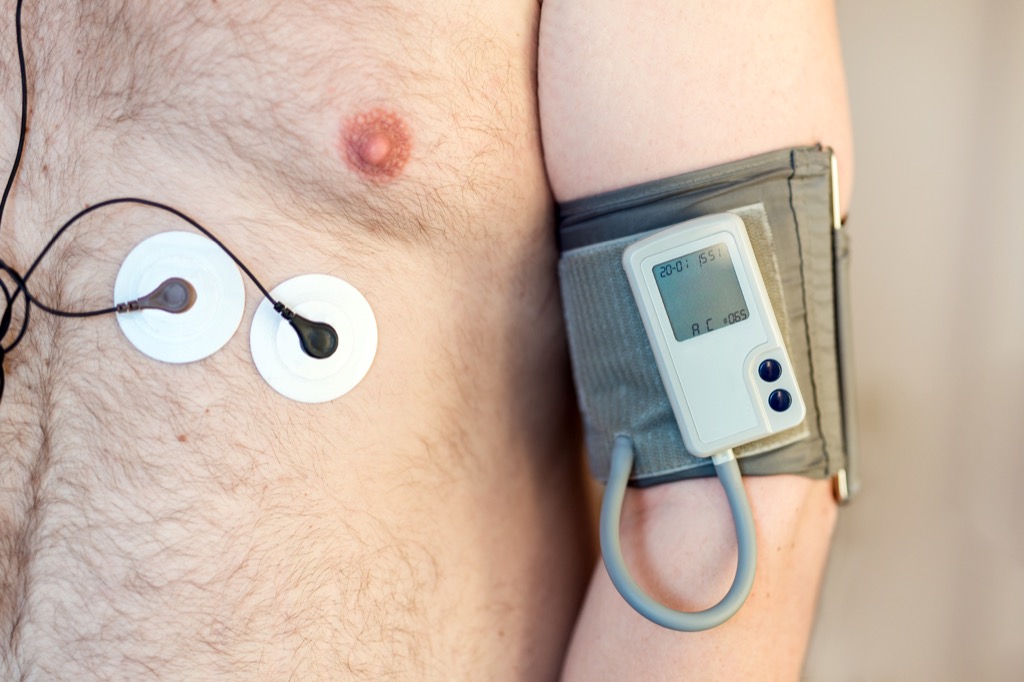
Coined the Holter Monitor after its creator, Norman “Jeff” Holter, the Holter Monitor Test was developed in 1947 and served as a precursor to the modern-day heart monitor. Holter’s first device weighed an astonishing 85 pounds, but he still played a crucial role in paving the way toward the invention of today’s much more conveniently-sized heart monitor.
27
Nebraska: The Ski Lift
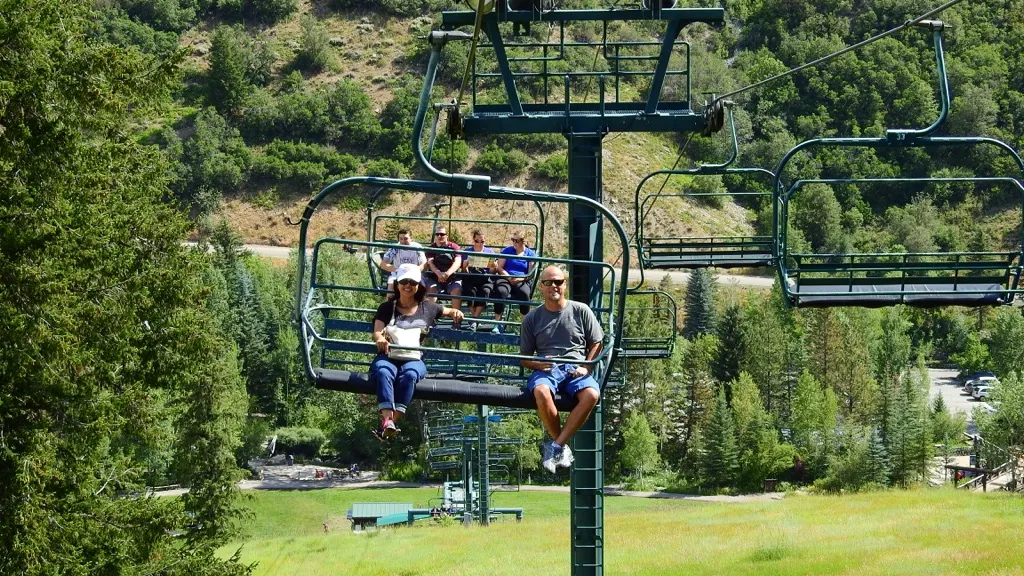
According to the New York Times, railway engineer James Curran had previously invented a wire-based system for transporting bales of bananas to various locations across a loading dock, so when the owner of America’s first ski resort requested a comfortable system for moving his guests to the tops of the mountains, Curran took the basic principles from his banana system and ran with the idea—developing what would come to be known as the ski lift in 1936.
28
Nevada: Blue Jeans
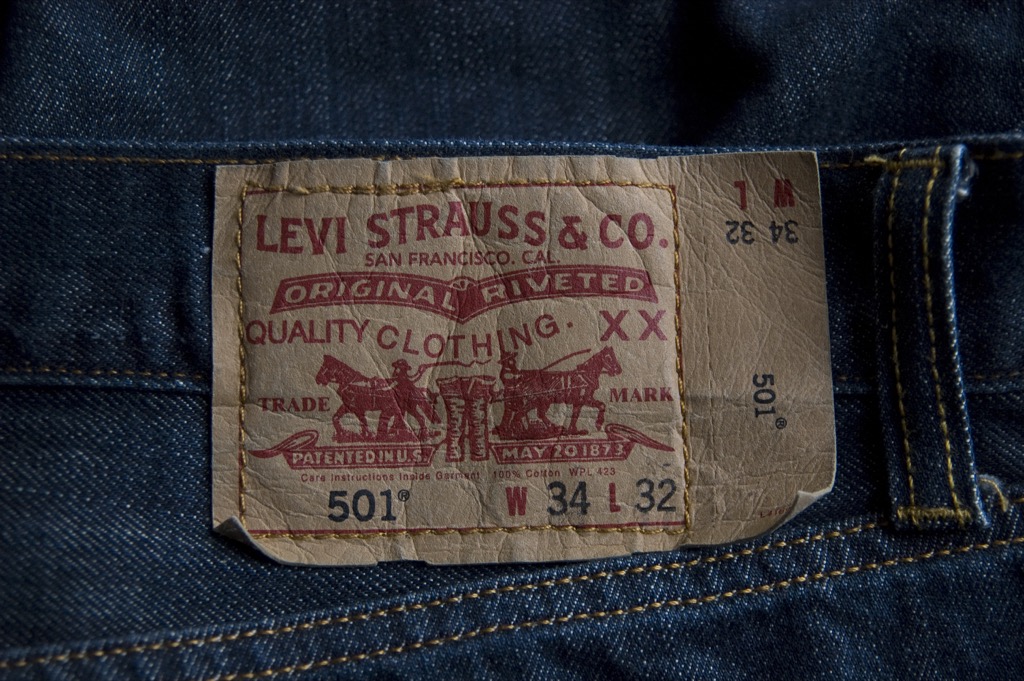
In 1873, Levi Strauss revealed an article of clothing that would come to be a staple item in everyone’s closet for the century (and counting) to come: the blue jean. Back then, the most monumental part of the jean was not its style, but its practicality—Levi Strauss patented the idea of using rivets at the “points of strain” in “men’s work pants,” which allowed the clothing to more durably withstand the wearer’s grueling working hours. And for more on other pieces in our closets that made a mark on history, learn the 23 Clothing Items That Changed Our Culture.
29
New Hampshire: The Washing Machine
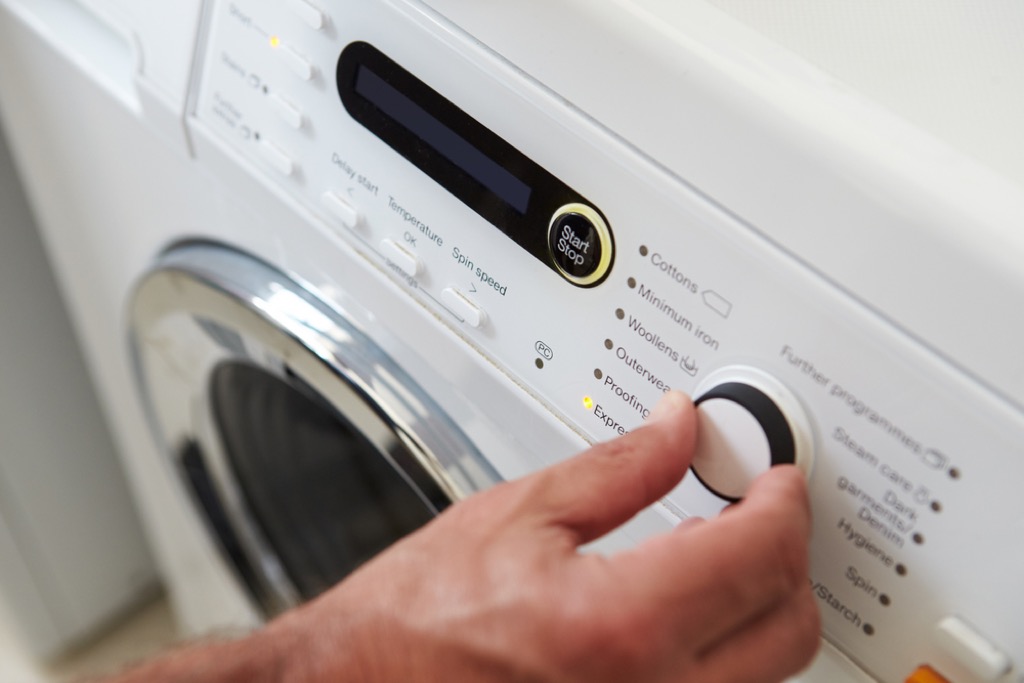
Washboards and a good scrubbing at the nearest river used to be as good as it got in the laundry department, at least until 1797, when inventor Nathaniel Briggs received a patent for “clothes washing.” Unfortunately, not much is known about Briggs’ original design, as the patent office’s records were later destroyed in a fire, but it’s still safe to say that Briggs paved the way for the multi-setting, high-efficiency washers of today.
30
New Jersey: The Lightbulb

That’s right, the Garden State gave us the power to harness electricity in order to control light. According to Live Science, Thomas Edison’s laboratory in Menlo Park, New Jersey, experimented with over 3,000 different designs for bulbs between 1878 and 1880 before finally alighting on the design that worked.
31
New Mexico: The Atomic Bomb

In a covert, $2 billion operation that would later come to be known as the Manhattan Project, the world’s most brilliant physicists and chemists undertook the creation of the world’s first atomic bomb in Alamogordo, New Mexico. The bomb was successfully detonated in the barren deserts of New Mexico in July 1945, releasing a blast with the equivalent power of 15,000 to 20,000 tons of TNT.
32
New York: MRI
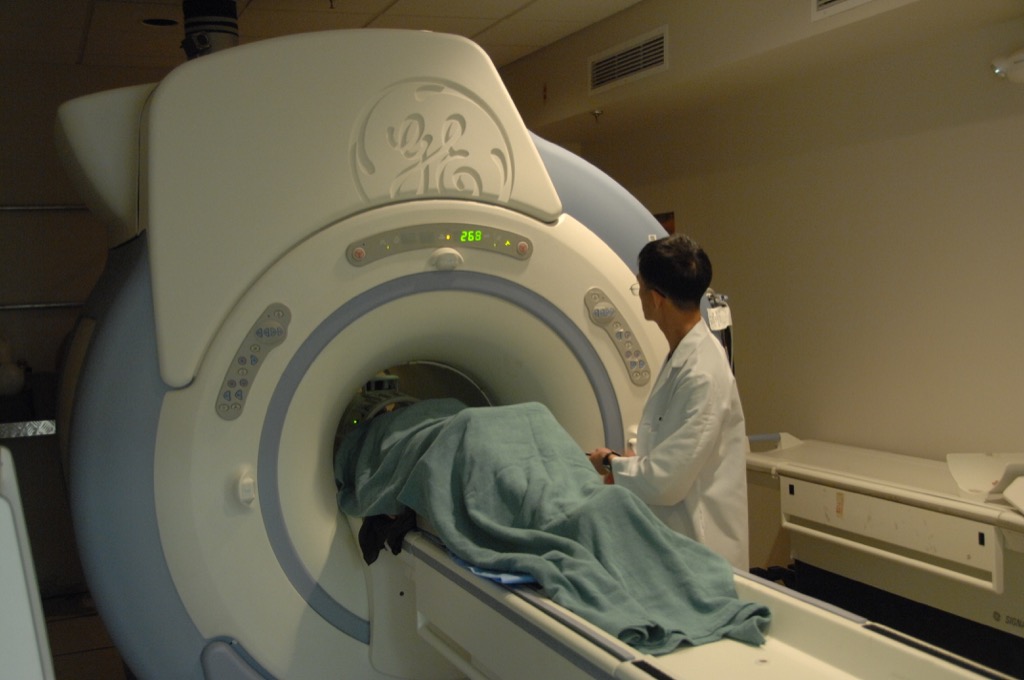
The concept of Magnetic Resonance Imaging, or as most of us know it, the MRI, was developed by Dr. Raymond Damadian in New York in the 1970s. Damadian was able to use the imaging system to successfully identify cancerous tissues, and after receiving a patent for his “Apparatus and Method for Detecting Cancer in Tissue,” he went on to build the first full-body MRI scanning system in 1977, which he proudly called the “Indomitable.”
33
North Carolina: The Universal Product Code
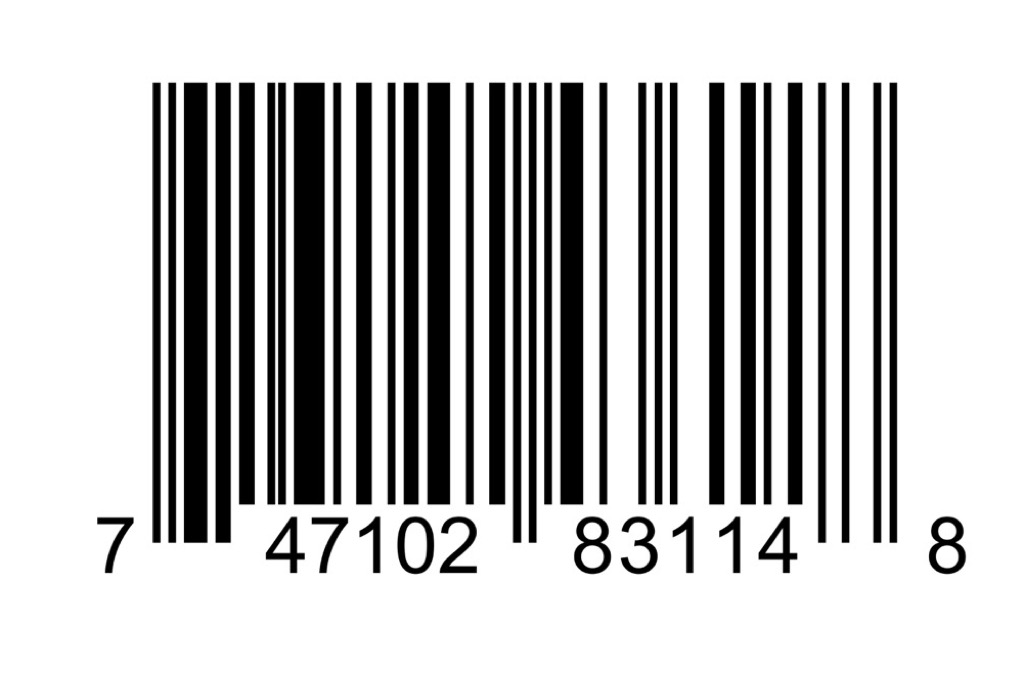
According to the New York Times, in the early 1970s, an I.B.M. engineer named George Laurer was originally tasked with creating a scannable code for food products in the shape of a bull’s-eye—but Laurer opted for a linear pattern instead. (He figured the stripes would be easier to print onto the products without smearing.) Today, Laurer’s invention is universally recognized as the barcode, yet he sadly never received any royalties for his handiwork.
34
North Dakota: The Kodak Camera
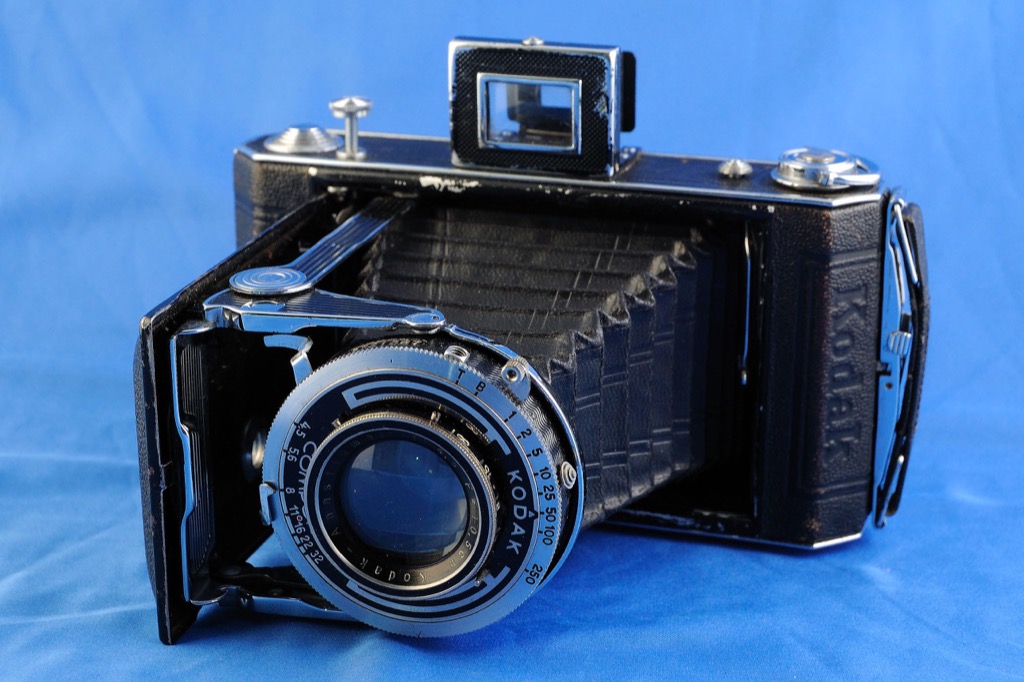
David Henderson Houston was meant to farm the North Dakota plains, but he also had a penchant for tinkering. In 1881, Houston filed a patent for his most recent invention: a camera containing a roll of film. Houston’s camera would go on to become today’s iconic Kodak camera.
35
Ohio: The Three-Color Traffic Signal

Garrett Morgan was a renowned man for several reasons: he was the first African-American man in Cleveland to own a car, he was an active member of the NAACP, and and he developed many curious inventions at a rapid-fire pace. Among his most notable contributions, though, was the three-color traffic signal, which he patented in 1923, revolutionizing driving as we know it. And for more on the nation’s roadways, bone up on The Busiest Road in Every State.
36
Oklahoma: The Parking Meter
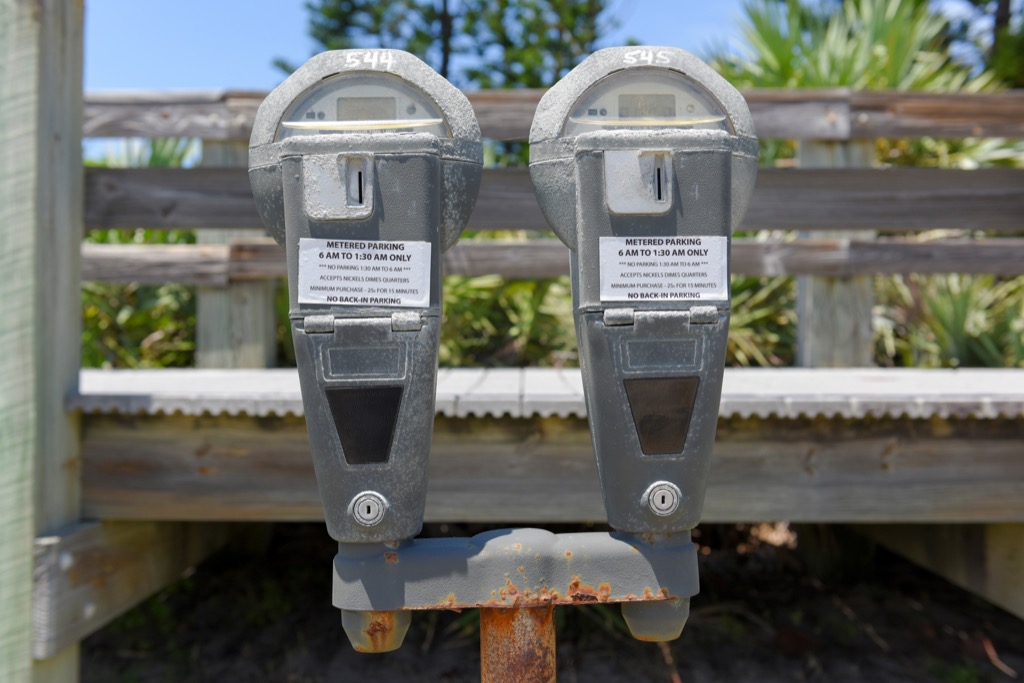
Though we wouldn’t think parking would be too much of an issue in this midwestern state, it was the first to successfully implement the concept of the parking meter. The state installed the first coin-regulated meter in Oklahoma City in 1935.
37
Oregon: The Pendleton Blanket

Apparently, this thick wool blanket that features Native American-inspired designs was so wildly popular among the locals when it debuted in the early 1900s that they decided to name an entire Oregonian town after it.
38
Pennsylvania: The Computer
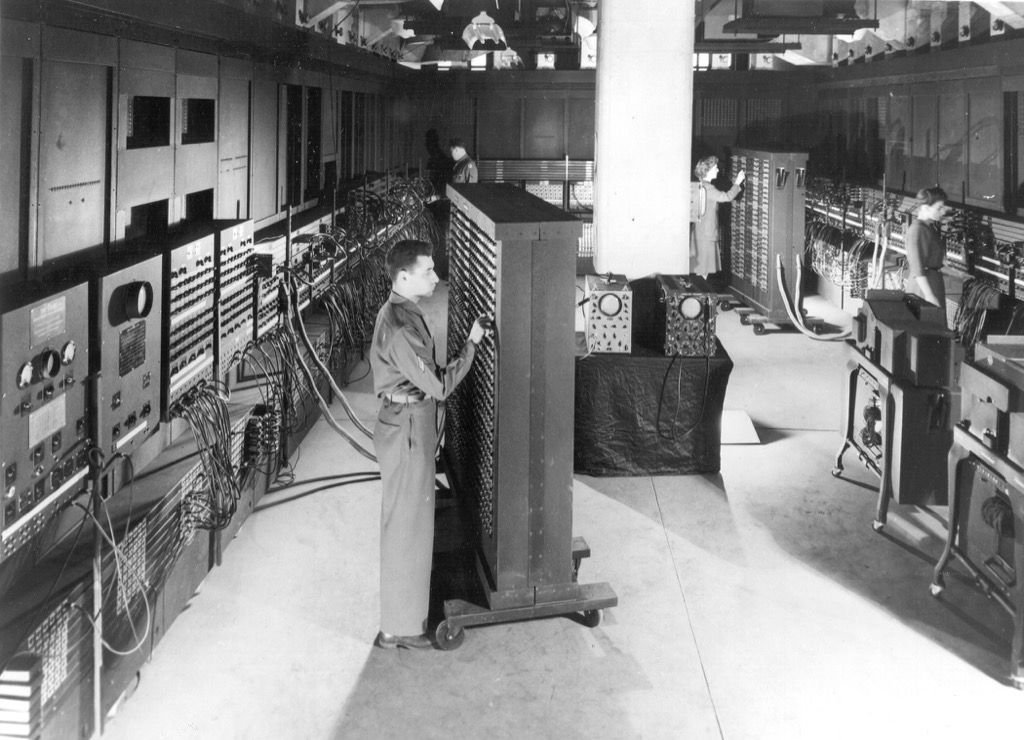
The very first computer was anything but “personal”—the mammoth of a machine, constructed at the University of Pennsylvania during the World War II era to perform ballistics calculations for the U.S. military, weighed 30 tons and required almost 2,000 square feet of floor space. And for more on the locations across the country that have played an integral role in shaping the fabric of our nation, don’t miss The Most Historic Location in Every State.
39
Rhode Island: The Automatic Sprinkler System

Despite Rhode Island’s location right next to the swells and crests of Atlantic Ocean waves, the residents in Little Rhody, like all other places, are still susceptible to the threat of fire—as evidenced by Frederick Grinnell’s 1872 invention of the handy automatic sprinkler system, which detects smoke and rings (and rings, and rings, and rings…).
40
South Carolina: The Military Submarine
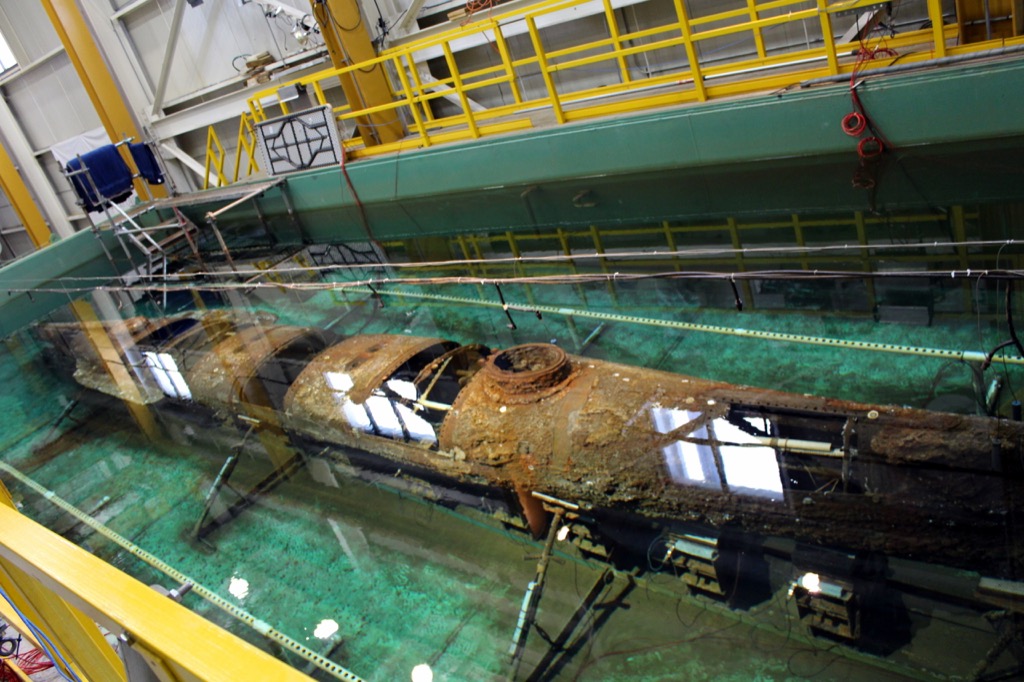
Making its first appearance during the Civil War, the H.L. Hunley, manufactured by the Confederate Army, has been dubbed the world’s first successful combat submarine.
41
South Dakota: The Cyclotron
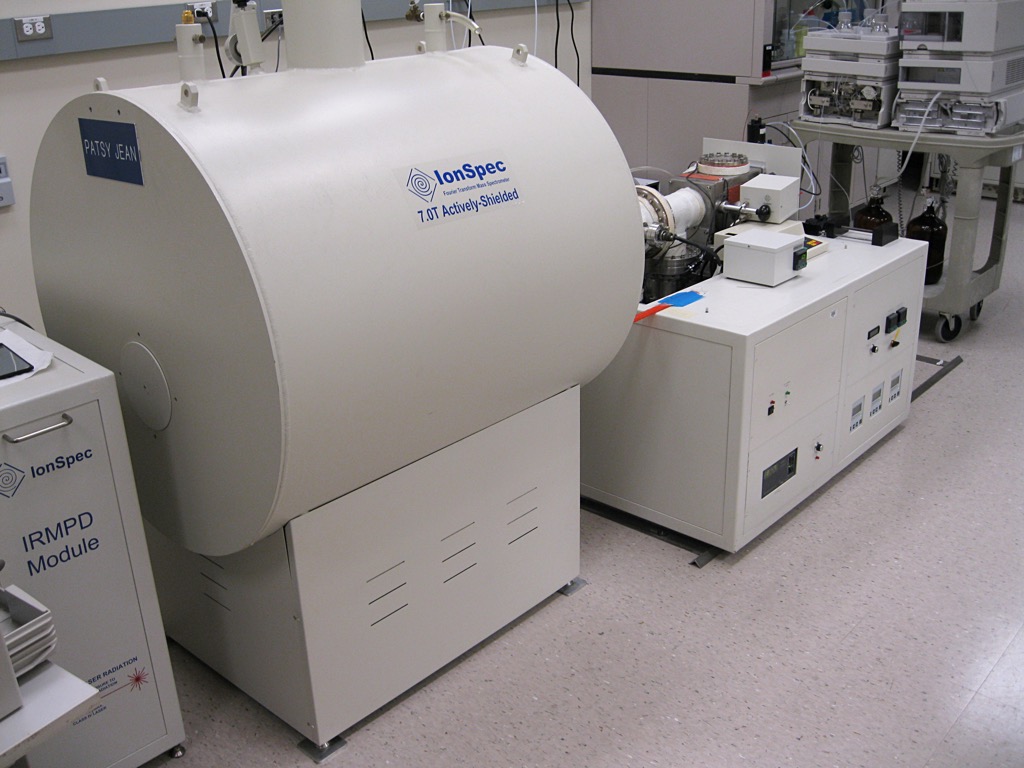
If you’ve never heard the cyclotron brought up in casual conversation—fear not, because we haven’t either. Apparently, a South Dakotan invented this apparatus that functions as a particle accelerator in 1932, providing a major help in the field of nuclear physics experimentation. And for more amazing science that won’t come to pass, learn the 20 Long-Predicted Technologies That Are Never Going to Happen.
42
Tennessee: The Tow Truck
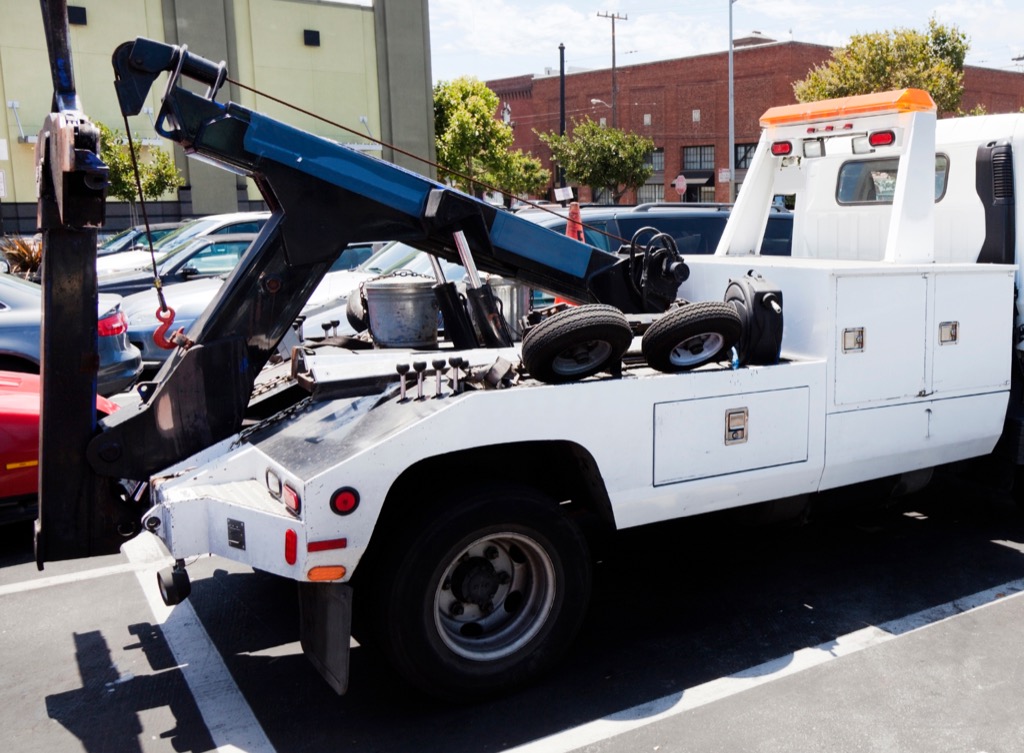
The first tow truck was born in Chattanooga, Tennessee, when Ernest Holmes, Sr. devised a contraption of a pulley, three poles, and a chain in order to transport his friend’s Cadillac. Today, you can’t traverse any of our nation’s highways without catching a glimpse of the slightly more sophisticated update of Holmes’ original invention.
43
Texas: The Hand-Held Calculator
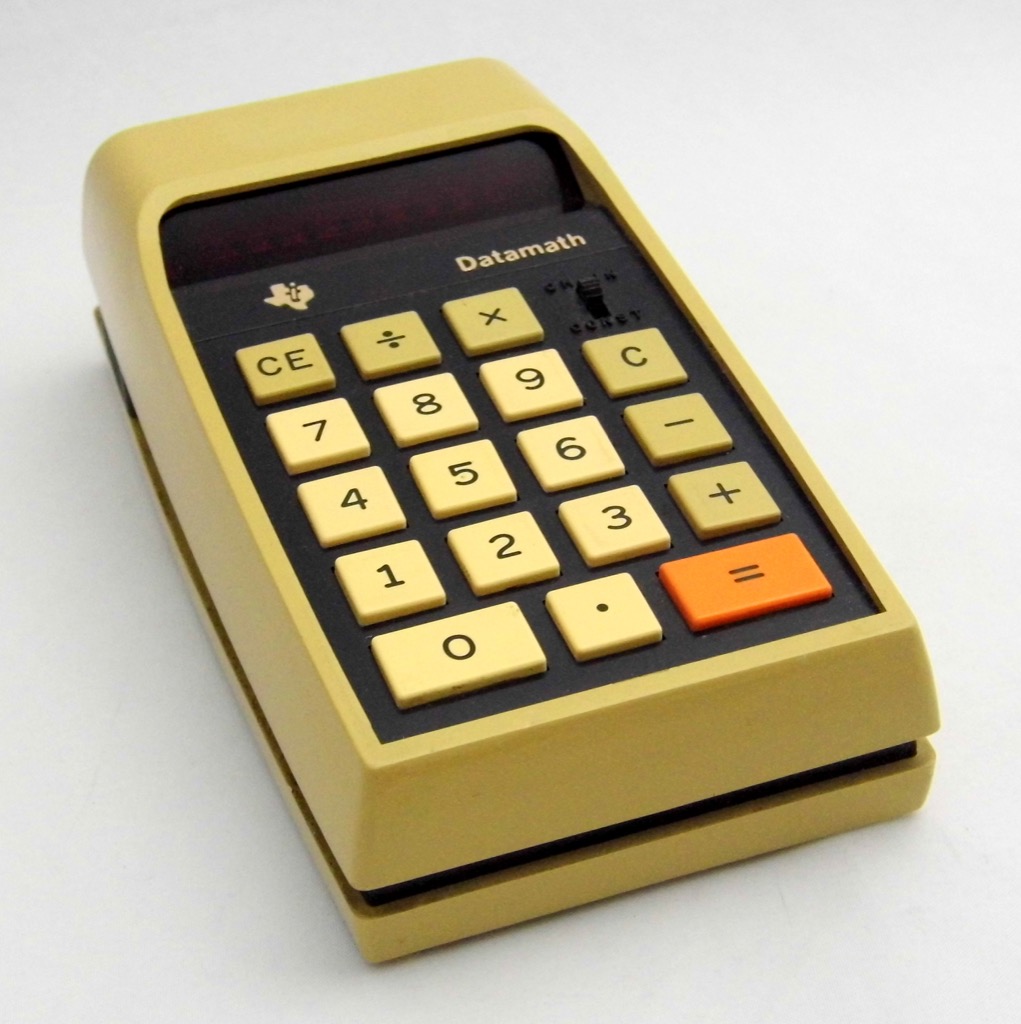
Nowadays, all you have to do to calculate your tip at a restaurant is discreetly pull your phone out of your pocket and tap at the screen a few times—but, back in 1967, Texas’ Instruments’ unveiling of the new hand-held calculator was monumental.
44
Utah: Airbags
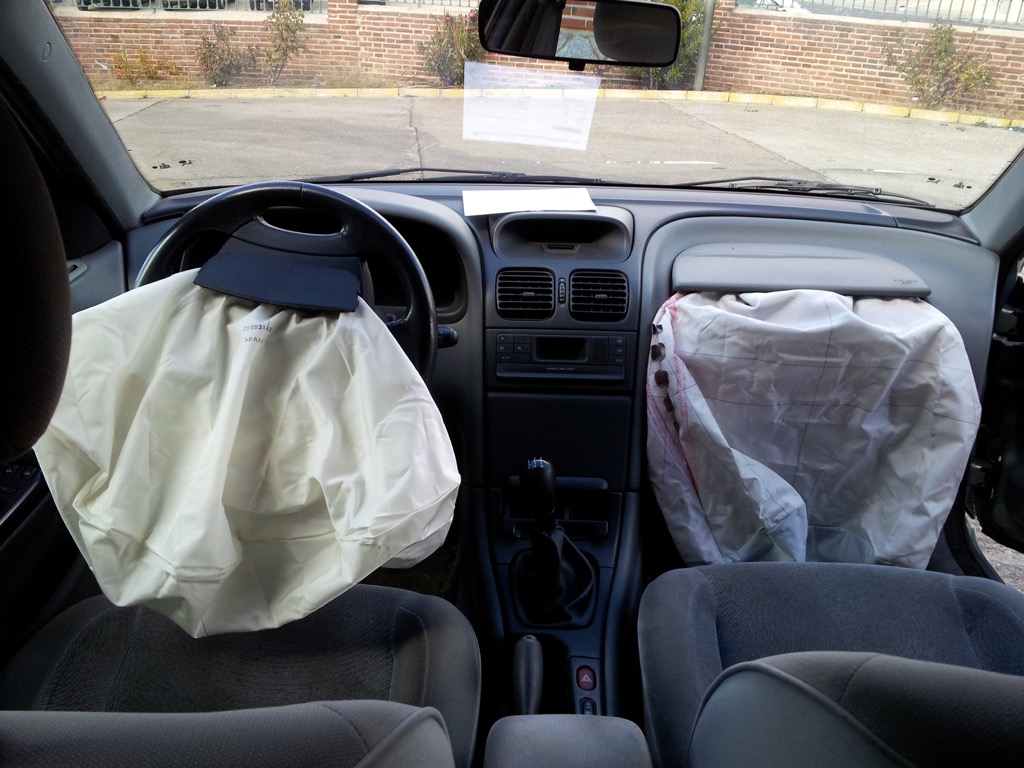
Though the concept of airbags had been in the works for a couple of decades, they weren’t a practical component of automobiles until George Kirchoff arrived on the scene in the 1980s. Kirchoff’s work with the Thiokol Corporation accelerated the speed at which the bags inflated while simultaneously improving their detection system, making automobiles much safer than before. And speaking of safe driving locations, you might want to steer clear of The 50 Worst Cities to Drive In.
45
Vermont: The Copper Coin
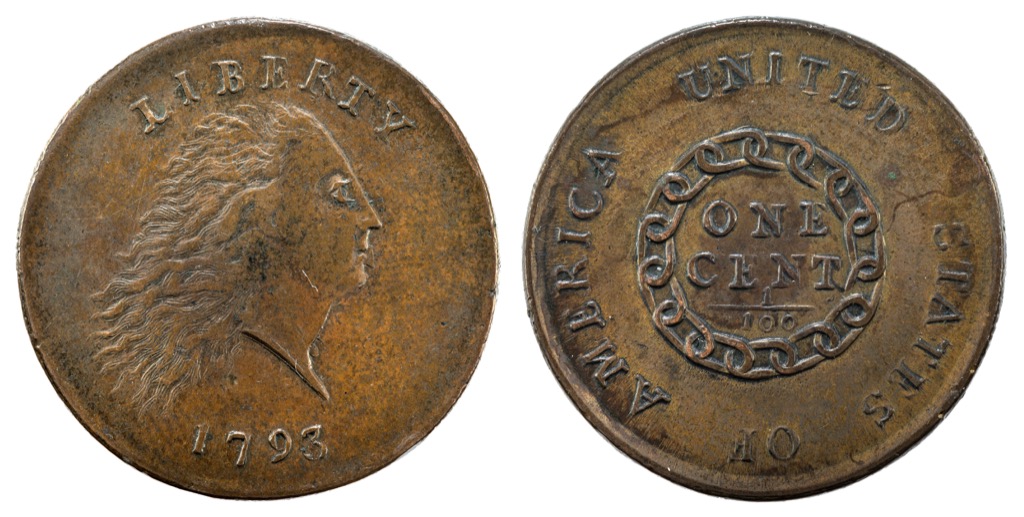
Actually, Vermont was the country’s first local government to even establish a coin-producing mint. But the Green Mountain State was also the first to roll out copper coins in 1785—setting the precedent for today’s U.S. pennies featuring Honest Abe.
46
Virginia: The Mobile Phone
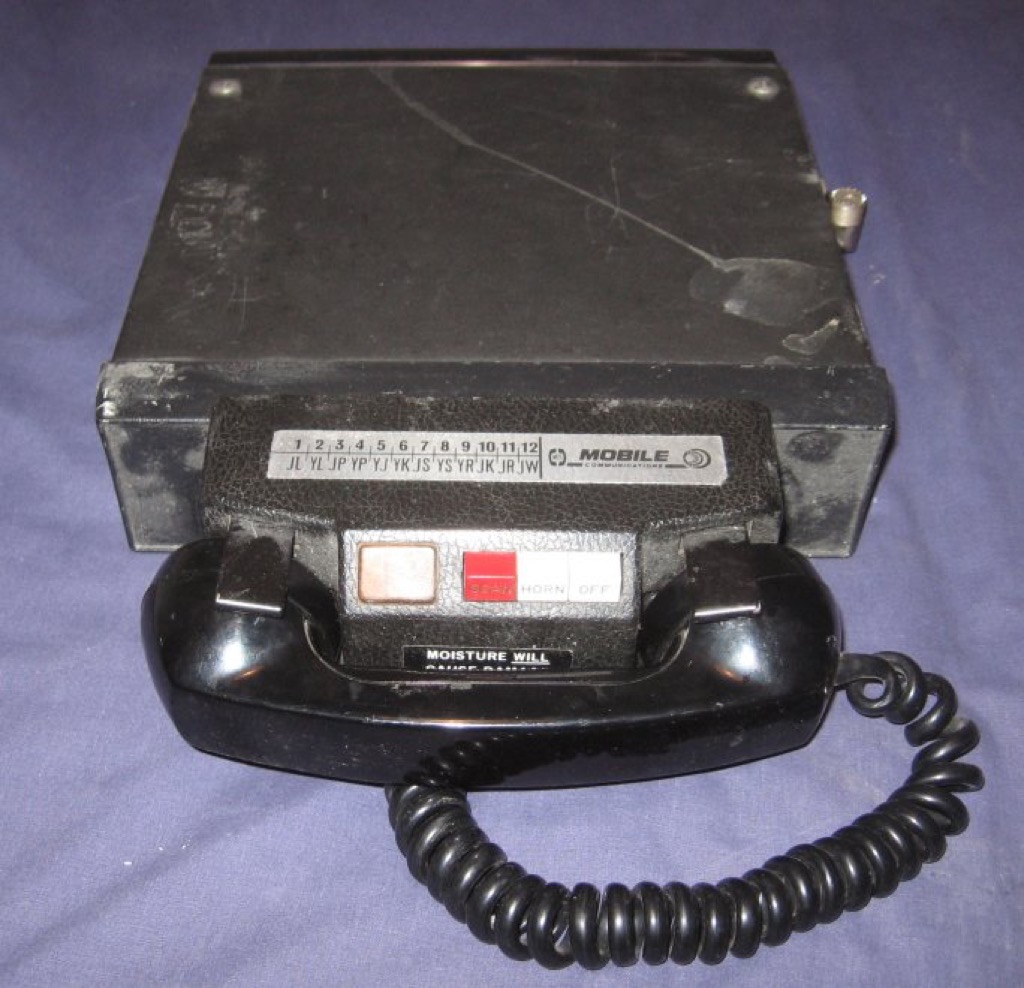
Well, not exactly the one you’re thinking of. In 1900, an inventor by the name of Reginald Fessenden placed the first ever “wireless telephone call” on the outskirts of Washington, D.C., essentially transmitting his speech via radio waves.
47
Washington: The Jumbo Jet
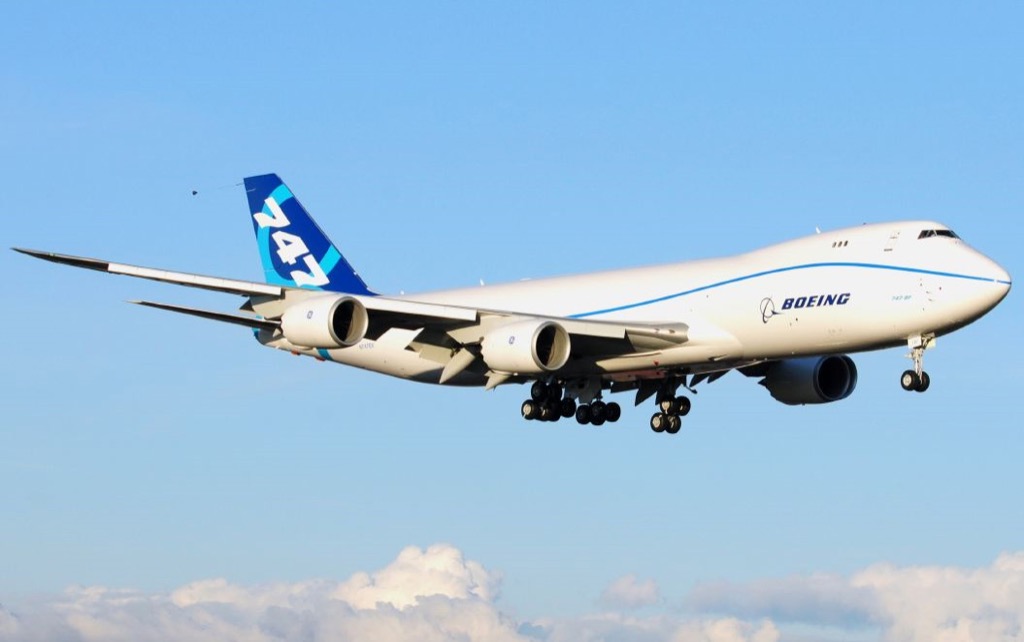
The Boeing factory in Everett, Washington, debuted the world’s first-ever jumbo jet in 1969—a massive aircraft that was as tall as a six-story building and could seat 374 passengers. Washingtonians said a fond farewell to the Boeing 747 when it retired in November 2017—the aircraft can now be visited at Seattle’s Museum of Flight.
48
West Virginia: The Ladies’ Garland
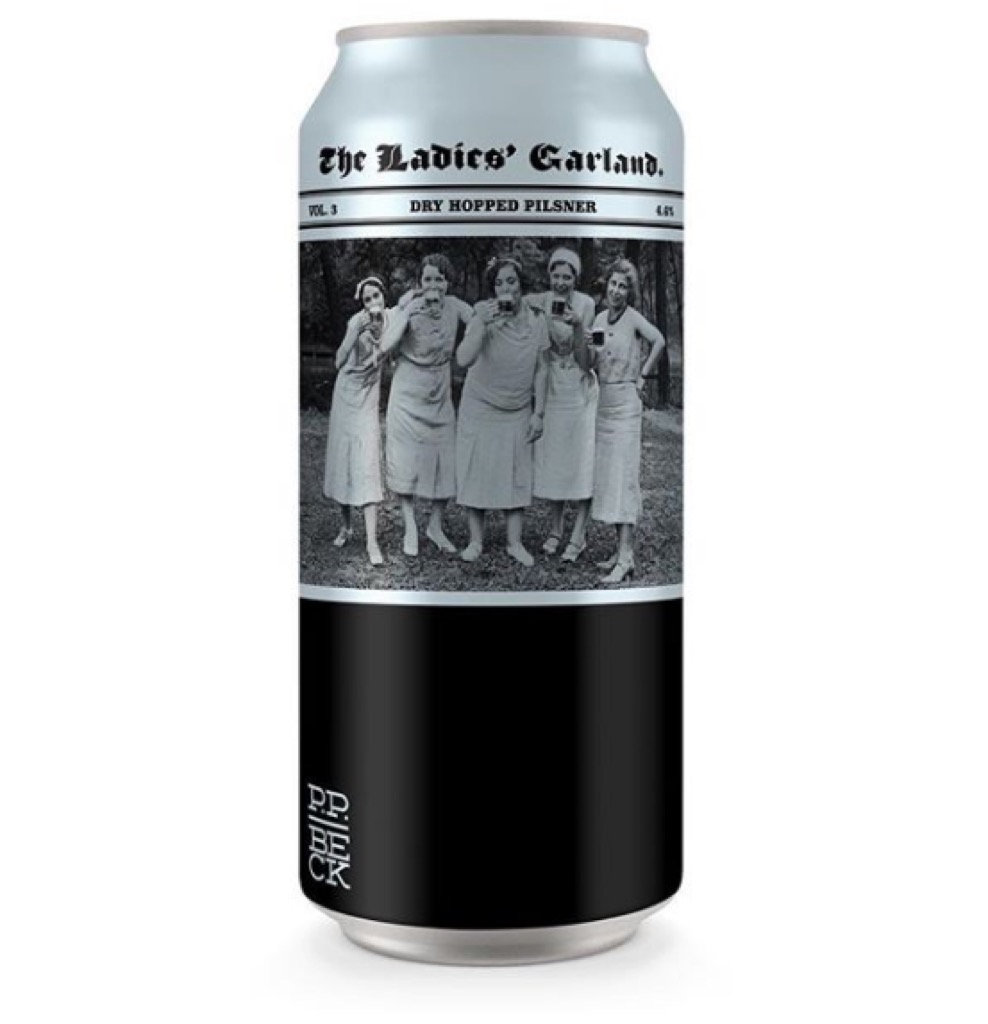
As is memorialized by this beer can, the nation’s first print publication to focus on topics pertaining specifically to women’s interests was The Ladies’ Garland. The journal was published in Harpers Ferry, West Virginia, from 1824 to 1828, for a total of 52 issues.
49
Wisconsin: The Blender
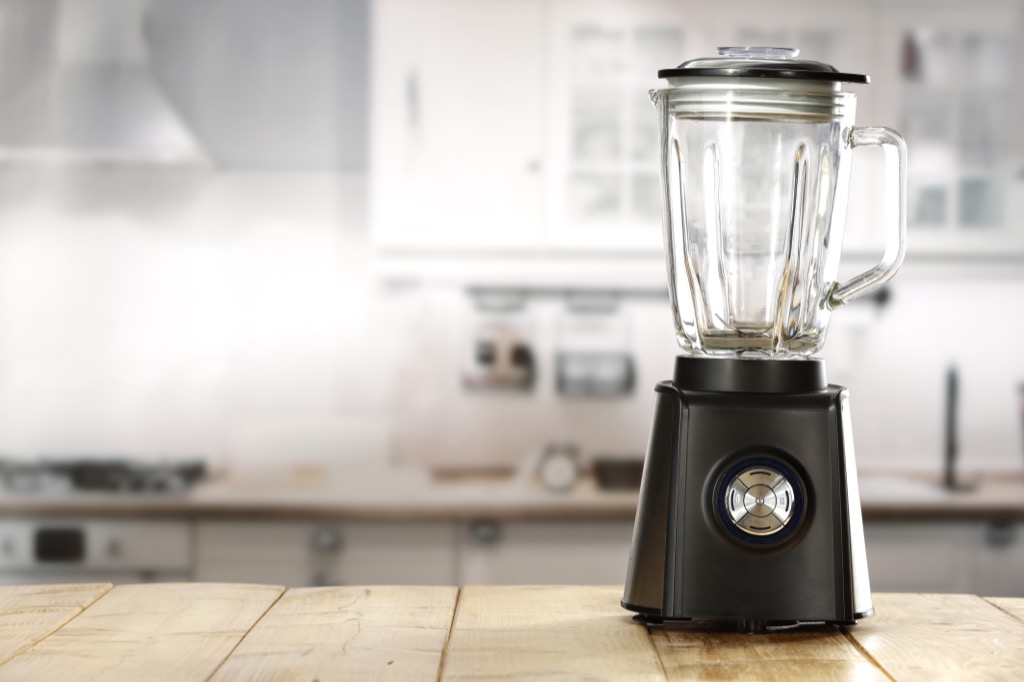
The first liquefying machine to grace our grocery store shelves hit the scene in 1922, all thanks to inventor Stephen Poplawski, who owned Stevens Electric Company. Poplawski originally sold the blender to drug store soda fountains, in order to aid in the production of another Wisconsin invention: the malted milkshake.
50
Wyoming: The Garage Door Opener

That’s right, folks, the Cowboy State’s most groundbreaking invention actually has nothing to do with lassos or saddles, but with contributing to the ease of modern-day automotive life. Wyomingite Elmer Lovejoy invented the first garage door opener in 1918.
To discover more amazing secrets about living your best life, click here to sign up for our FREE daily newsletter!